How To Successfully Fail To Climb Mount Fuji
Mission Unaccomplished, Lessons Learned
The mountain you can’t conquer may just conquer you.
The research of a determined Mount Fuji climber is filled with success stories. Fuji is considered a “beginners’” mountain for hikers, and with proper equipment and basic fitness, the only foe left to thwart is altitude sickness. After all, thousands of people climb it every season.
Yet Fuji reaches a height of 3,776 meters, and while it hasn’t erupted since 1707, it’s natural to feel nervous before ascending. When I recently climbed it with a group of friends, I was bugged by fears of inferiority, concerned I’d slow my companions down or slip and hurt myself on the crumbly descent. As an over-thinker, before even starting, I’d already considered the Instagram caption for the summit, but also the alternative.
We were “bullet climbing,” and the plan was to hike all night to the summit to see the sunrise and head back down to catch a morning bus. If I had to turn back, where would I go?
Well, I did have to turn back. Apparently, having bronchitis the week before climbing ravages your lungs. And so as I carried my bags down the mountain along with my unachieved expectations, I kept thinking of all the things I could advise other future enthusiasts in my new role as a failed Mt. Fuji climber.
The following tips are for those of you who, like me, don’t make it to the top — in other words, how to successfully (re: safely) fail to summit Mount Fuji.
1. Take a pre-victory victory photo
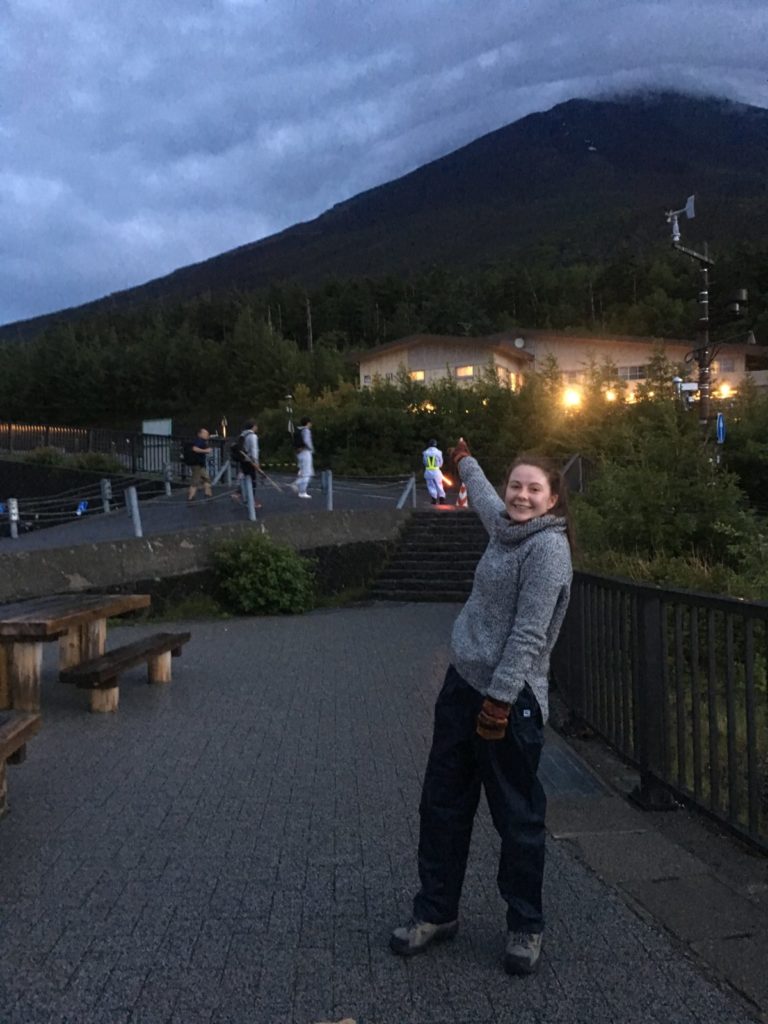
At least you’ll be able to prove you tried if you take a photo before you start. Besides, the pre-climb, optimistic version of you is much more photogenic than you at the summit, with your hair flicking you in the eyes and crud up to your ankles.
2. Go prepared (to fail, too)
This is just as important for failing as it is succeeding. When you realize your ascent of Fuji isn’t going to happen, retain your warm clothes, water, food and, if you’re night climbing, a source of light. Ideally, you should have a waterproof layer, too – otherwise I’m guessing rain was a huge factor in what motivated you to give up.
As an over-thinker, before even starting, I’d already considered the Instagram caption for the summit, but also the alternative.
3. Know your limits
You may be tempted to push on, even in the worst moments of your man-versus-nature montage. From a “my legs hurt” perspective, that’s fine. But listen to your body – if you feel nauseous, headachy or can’t catch your breath, it is very likely that you have altitude sickness. It isn’t going to get any better until you rest or descend.
4. Take the right trail
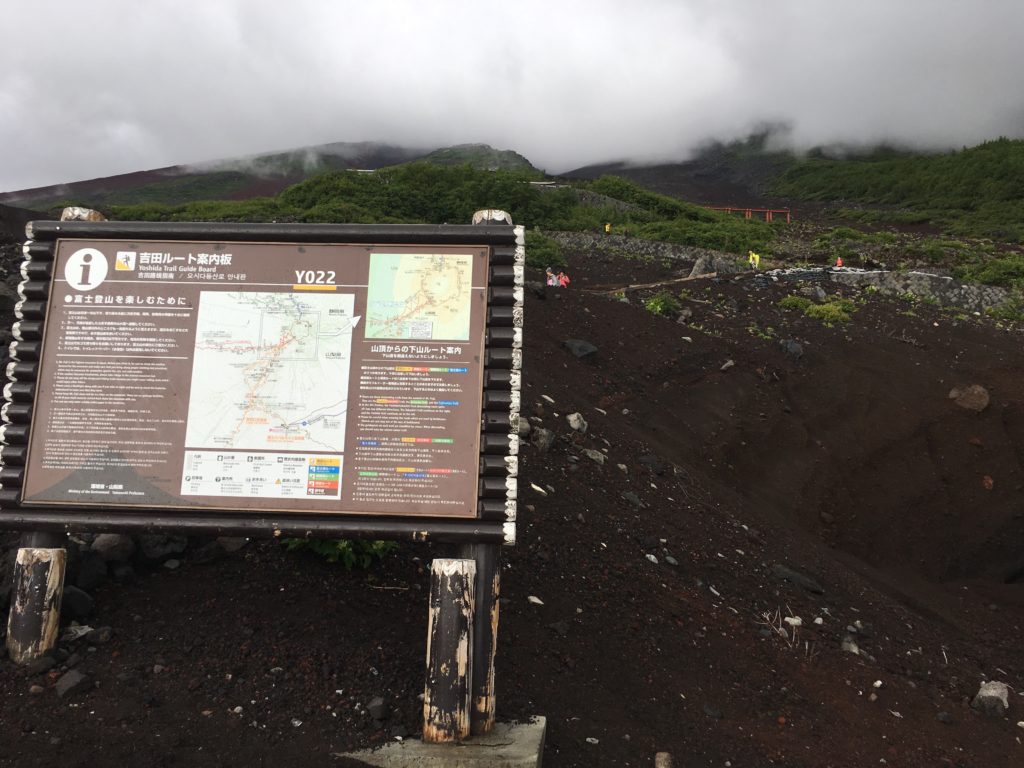
The Yoshida Trail is the most popular for a good reason. There are plenty of rest huts around the 7th and 8th stations, and if you don’t have a reservation, you can usually pay to rest there for a few hours if you need to. First aid outposts are also located at the 5th, 7th and 8th stations, and with the trail so crowded, you’ll have access to light if your torch dies.
5. Know the closest place to rest
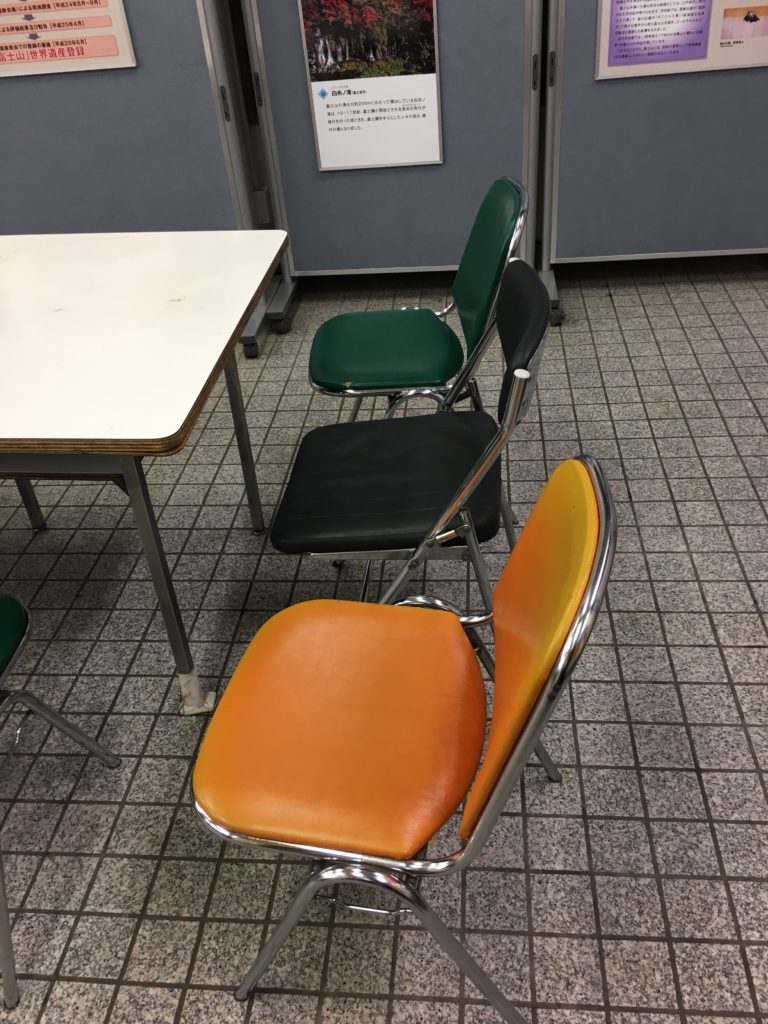
If altitude sickness knocks you down, or you realize after some trekking that this isn’t your gig, then rest. The aforementioned huts are an excellent option if you’ve made it beyond the 7th station, but the lounge at the Fuji Subaru Line 5th station – where most people start their climb – is open 24 hours, will cost you nothing, and will shelter you from the elements. This is where I kipped for the night after giving up, arranging three metal chairs as a bed and with my new aqua “Mt Fuji” beanie pulled down over my eyes.
6. Be choosy with your souvenirs
Nothing says “I respect the mountain that foiled me” like a Fuji-themed trinket. The gift shops at the 5th station sell Fuji-themed goodies like my beanie, which became a light-deflector instead of summit-head-warmer. If you’re self-conscious about failing, don’t buy the wooden climbing sticks that can be stamped at each station – otherwise, your lack of progress will be inked forever on a chunk of timber commemorating your failure.
7. If you do it alone, go extra prepared
Whether you’re a solo climber or just a solo descender, you may get into trouble when there’s no one around, especially at night. Have a working phone with you at all times, and pay attention to the signs along the trail – they provide location markers should you need to ring the Fuji SOS number. Again, make sure you have water and light for a solo descent. At night, most others will be climbing in the opposite direction.
If you’re self-conscious about failing, don’t buy the wooden climbing sticks.
8. Last, but not least: Check your travel insurance policy
Anyone who tries to climb Mount Fuji needs to realize that scaling a mountain could lead to injury. Copping a falling rock to the head may seem like a distant possibility, but once you wake up in a hospital room with a bill as hideous as the welt on your noggin, you’ll be glad you already put up that extra hundred bucks or so just in case something like this happened.
Mount Fuji is a beautiful place from any level. The beauty in my failure was being one of only several people at the 5th Station at sunrise – and while those at the top of the mountain saw only fog, I could see smatterings of pink and blue through the thick clouds, and the top of Fuji growing brighter in the daylight.
If you’re considering climbing Mount Fuji, try it – but go prepared for any outcome. Everyone who climbs Fuji has a different story to tell.
For more information on climbing Mt. Fuji, see the official Mt. Fuji climbing website and this article.







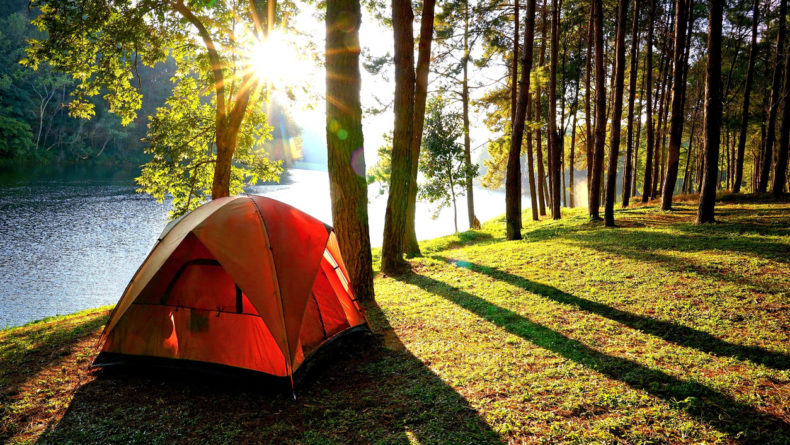
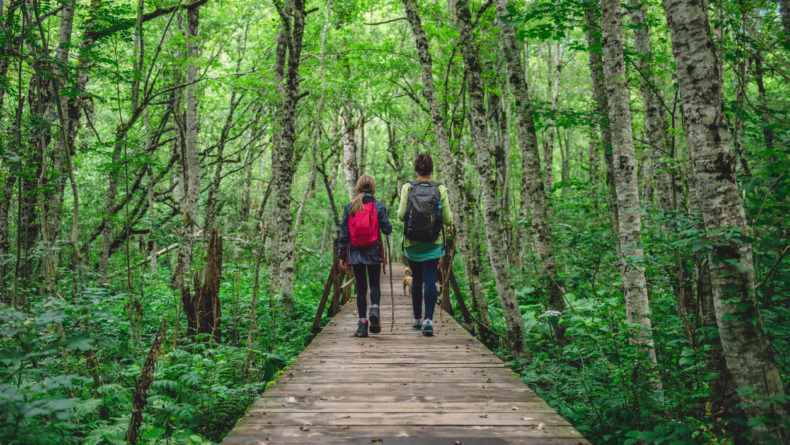
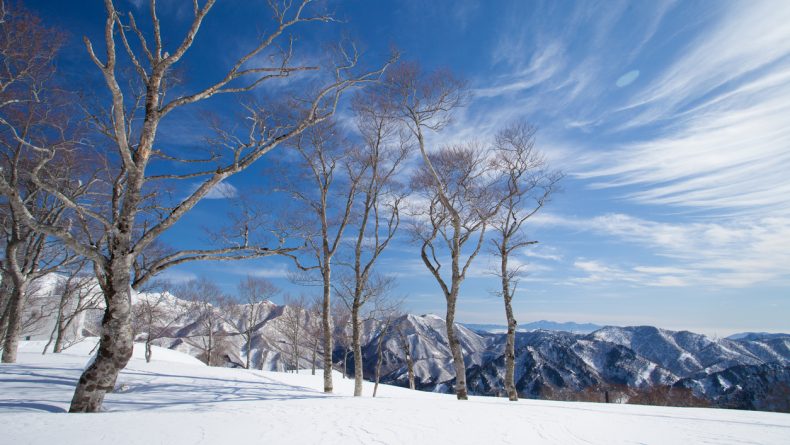
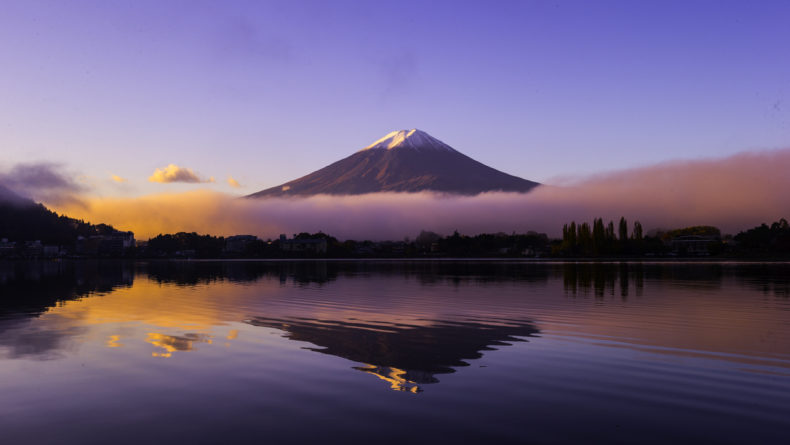
Leave a Reply